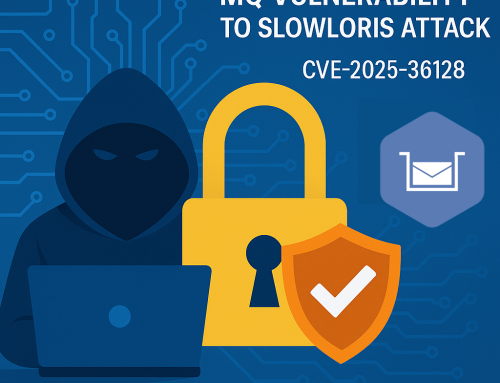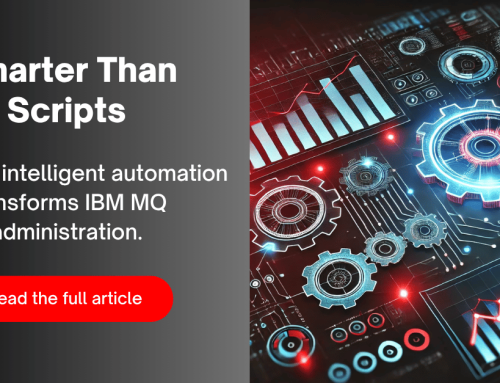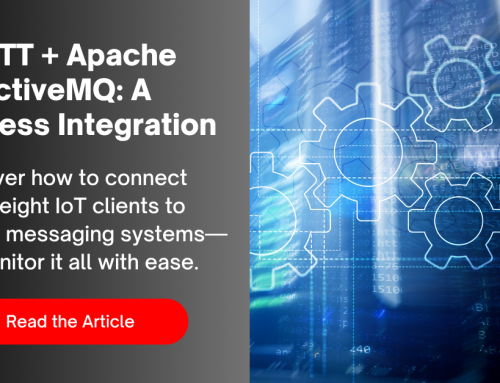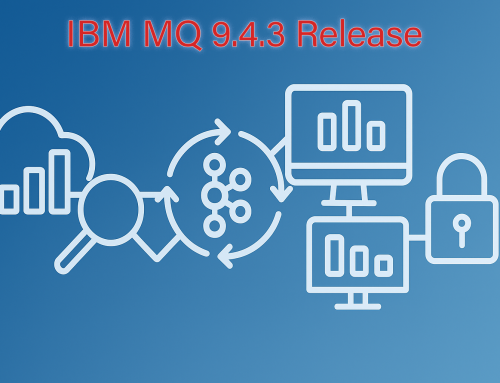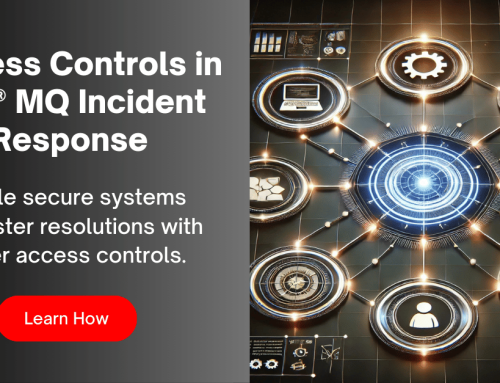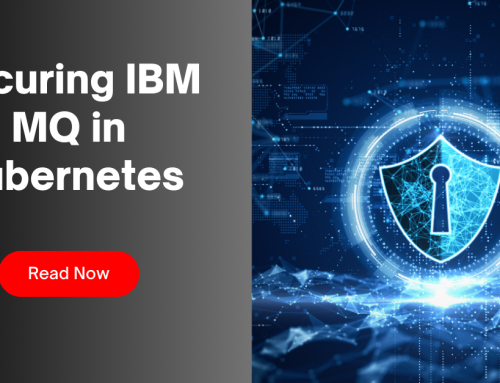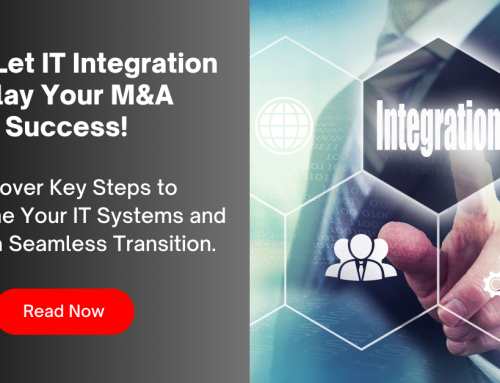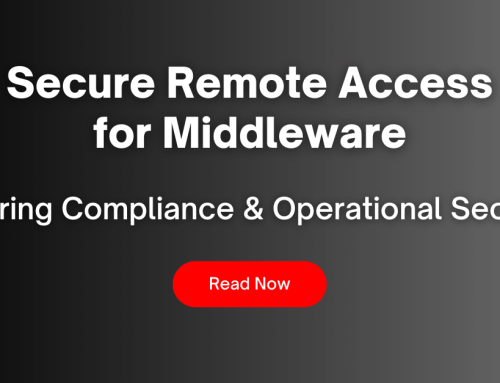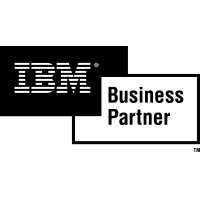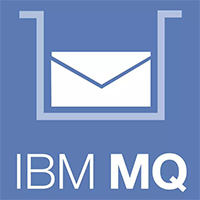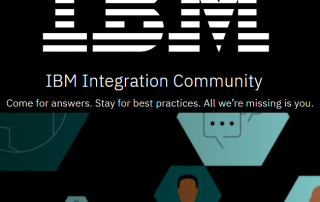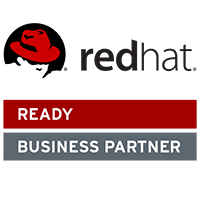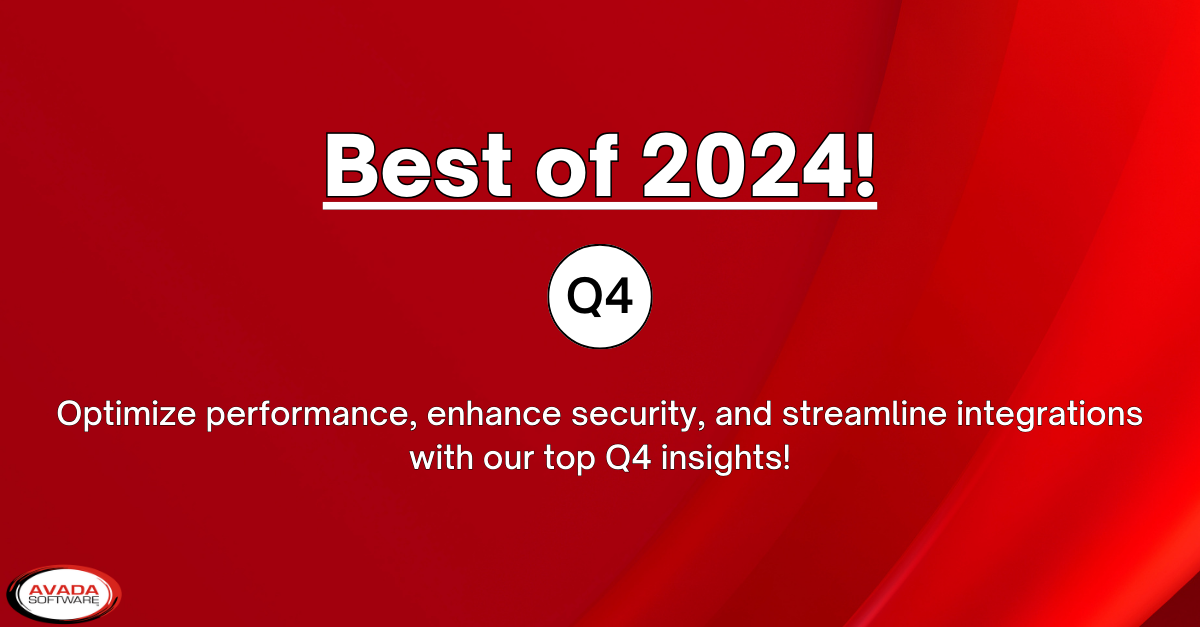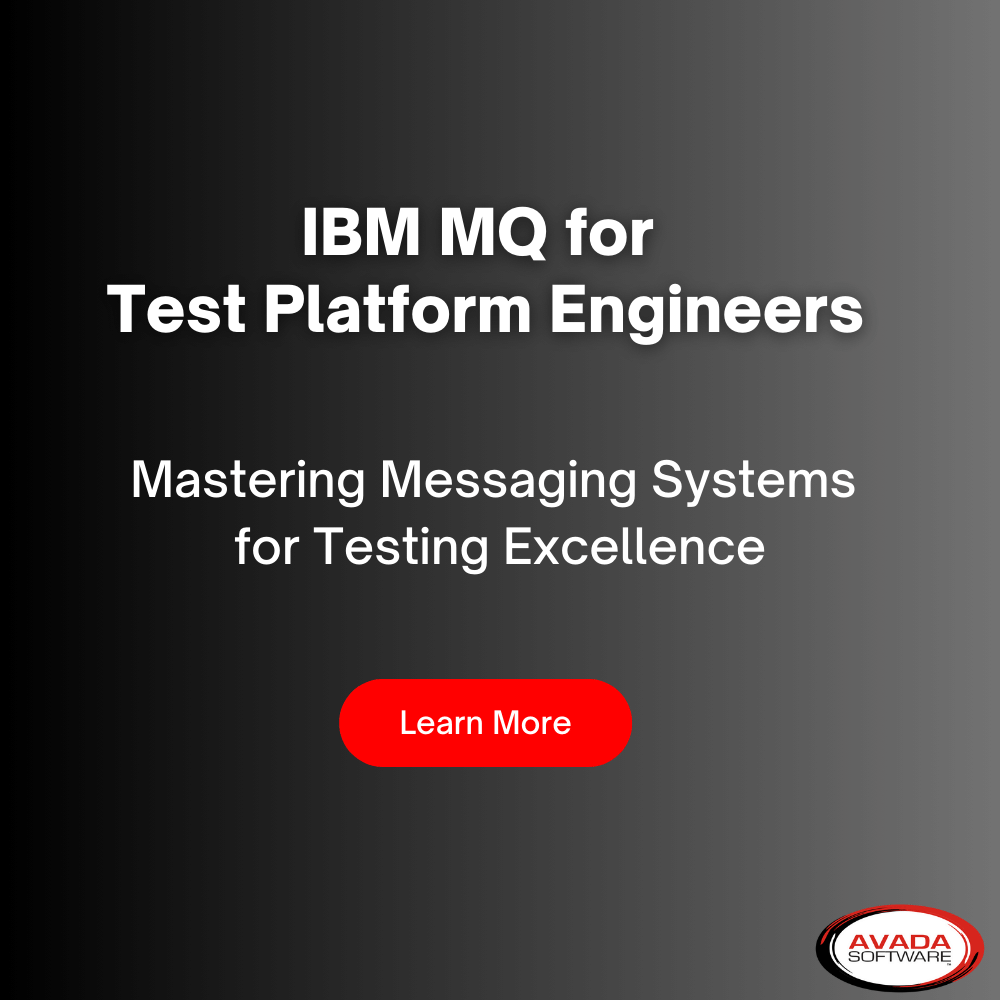Why CIOs must prioritize system integration in 2022
System integration is a core part of operating enterprise systems. How can it be simplified?
By Eric Helmer, Published: 08 Apr 2022
Enterprise software strategies tend to go in cycles, particularly for implementing business applications, but whatever approach is dominant, fundamental challenges such as system integration can remain unresolved. In the past 30 years, we have gone from best-of-breed strategies to the enterprise resource planning (ERP) suite and back to best-of-breed with the rise of software-as-a-service (SaaS). SaaS has made it easy to spin up application instances, giving customers access to world-class functionality from different suppliers, but equally causing overnight system integration issues.
Historically, to solve this challenge, we have seen users adopting a point-to-point solution, whether that is a tool they create themselves or use a developer to write application programming interfaces (APIs) or using native adapters. Just when the first obstacles are overcome, the next application is added to the landscape, requiring yet another solution. Over time, it leads to a “rat’s nest” of point-to-point solutions, which ends up with a maintenance mess and a role-based or data security nightmare because applications are all over the place.
It can also create a release management nightmare, as IT teams must take all these pieces and stick them together to ensure the enterprise software environment is a sum of its parts. The solution to this system integration challenge should be more holistic than simply getting applications to talk to each other. The strategy should ensure that security, release management, monitoring, scheduling, workflow, error trapping and alerting are designed into the approach from the start. Although system integration is seen as the problem, the real question is not “How do I do system integration?” but “How do I keep all my systems modern and operating 20 years beyond when they were originally designed?”.
Don’t walk away from your IP and way of doing business
The goal should be to keep the core investment viable and modern, with the freedom to easily innovate around the edges. This can be achieved by keeping system integration top of mind during any transformation process. It should involve embracing existing enterprise systems, not replacing them. These systems should become the foundation for your company’s future growth and innovation. They are core to your intellectual property and way of doing business, with more than a decade of functionality built up […]
Click here to view original web page at www.computerweekly.com
More Infrared360® Resources
